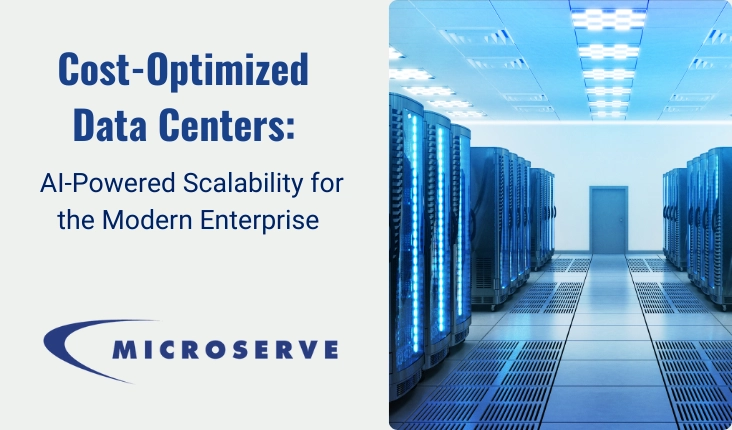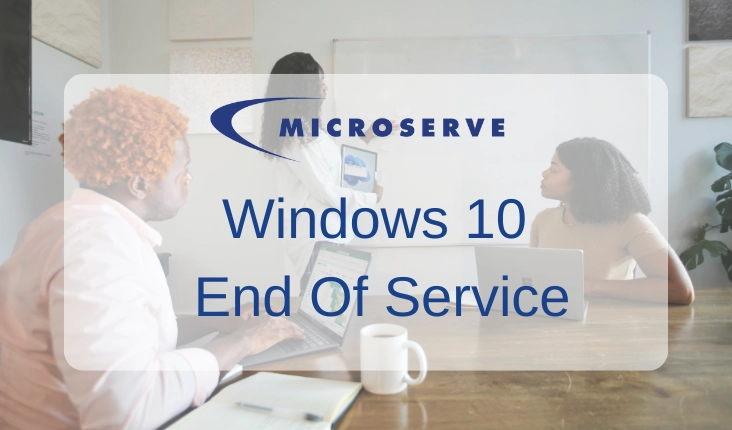Migrating to managed IT services is a crucial step for businesses that want to streamline their IT operations, increase efficiency, and save money. However, there are potential pitfalls that can hinder the transition and reduce the overall benefits of outsourcing IT. In this article, we’ll discuss the top six pitfalls to avoid and provide guidance on how to navigate a successful integration with a managed IT services provider like Microserve.
1. Failing to Properly Assess Your IT Needs
Before migrating to managed IT services, it’s essential to have a clear understanding of your organization’s IT needs. This includes assessing your current infrastructure, software, hardware, and security requirements. Failing to accurately identify these needs can lead to suboptimal service and hinder the effectiveness of the managed service provider (MSP).
To avoid this pitfall, work closely with your MSP to conduct a comprehensive IT assessment. This process will help identify gaps in your existing infrastructure and create a roadmap for a seamless transition.
2. Overlooking Security Concerns
Security is a top priority for any business, and migrating to managed IT services should not compromise your organization’s cybersecurity. Unfortunately, some businesses fail to address security concerns when selecting an MSP, leaving their data and systems vulnerable to attacks.
To mitigate this risk, choose an MSP that offers robust IT security services, including regular vulnerability assessments, proactive threat monitoring, and incident response. Furthermore, ensure that your MSP adheres to strict security standards and complies with industry-specific regulations.
3. Inadequate Communication and Collaboration
Effective communication and collaboration are crucial for the successful integration of managed IT services. However, some businesses struggle with maintaining open channels of communication with their MSP, leading to misunderstandings, delays, and frustration.
To ensure smooth collaboration, opt for an MSP that offers a modern workplace solution, complete with tools for team collaboration and communication. Establishing clear expectations and maintaining regular communication will facilitate a smoother migration process and foster a successful long-term partnership.
4. Neglecting Employee Training and Support
The migration to managed IT services can be challenging for employees, especially if they are unfamiliar with new tools and processes. Failing to provide adequate training and support can hinder productivity and increase the risk of mistakes.
To counter this issue, ensure that your MSP offers end-user computing services and training for your staff. Additionally, consider implementing a Microsoft Teams Rooms solution to promote seamless collaboration and communication among your team members during the transition.
5. Insufficient Focus on Business Continuity
Any migration process can pose risks to business continuity. Organizations must have a robust backup and disaster recovery plan in place to minimize downtime and protect critical data during the transition.
Work closely with your MSP to develop and implement a comprehensive disaster recovery strategy, ensuring that your organization can continue to operate smoothly during and after the migration.
6. Choosing the Wrong Managed Services Provider
Selecting the right MSP is crucial for a successful migration to managed IT services. However, some businesses may choose the wrong provider due to a lack of research or an emphasis on cost savings over quality service.
To avoid this pitfall, carefully evaluate potential MSPs based on their
expertise, services offered, and track record. Look for an MSP with a strong background in providing IT solutions tailored to your industry and business size. Be sure to check references and read case studies to better understand their capabilities and past performance.
In addition to the core managed services, consider the range of complementary services offered by the MSP, such as cloud services, IT procurement, data center solutions, and managed print services. An MSP with a comprehensive suite of services can better address your organization’s evolving needs and deliver a more seamless migration experience.
Finally, don’t forget the importance of a strong IT talent acquisition and IT recruitment strategy. The right MSP will not only offer technical expertise but also help you build and maintain a skilled IT workforce to support your organization’s ongoing success.
In Conclusion
Migrating to managed IT services offers numerous benefits for businesses, including cost savings, increased efficiency, and access to expert resources. However, it’s essential to be aware of the potential pitfalls that can hinder the success of your migration. By carefully considering your organization’s IT needs, prioritizing security, fostering effective communication and collaboration, providing employee training and support, focusing on business continuity, and selecting the right MSP, you can minimize risks and ensure a successful transition to managed IT services.
At Microserve, we are committed to helping businesses and organizations navigate the complexities of IT migration and providing top-notch managed IT services. Contact us today to learn more about how our solutions can support your organization’s growth and success.




